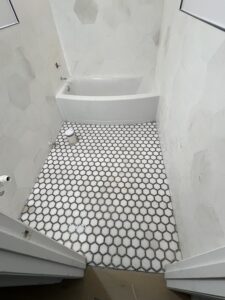
Image by yunav1 from Getty Images on Canva
In today’s fast-paced world, the materials we choose for our buildings play a crucial role in the efficiency, aesthetics, and safety of our constructions. Drywall for walls and ceilings has emerged as a standout choice, offering a blend of practicality and versatility that meets the demands of modern architecture and design. Whether you’re a homeowner looking to renovate, a builder on a tight schedule, or a designer craving creative freedom, drywall presents a solution that aligns with a wide range of needs.
This blog delves into the multifaceted advantages of drywall, exploring how its quick installation, cost-effectiveness, ease of repair, fire resistance, sound insulation, and aesthetic appeal make it an indispensable component in both residential and commercial spaces.
How Do Drywall Work for Walls and Ceilings?
Drywall serves as a pivotal material in modern construction, offering a range of benefits for walls and ceilings across various applications. Here’s an in-depth look at six key functionalities and advantages of drywall:
1. Quick Installation: Unlike traditional plaster, which requires multiple applications and extended drying times, drywall panels can be quickly installed. After cutting and measuring the panels to size, they are attached to the framing using screws or nails. This process significantly reduces construction time, making it a preferred choice for fast-paced building projects.
2. Cost-Effectiveness: Drywall installation is more economical compared to other wall and ceiling finishing techniques. The materials are relatively inexpensive, and the labor costs are lower due to the speed of installation and ease of handling. This affordability does not compromise quality, making drywall an attractive option for budget-conscious builders and homeowners looking to maintain high standards without breaking the bank.
3. Easy to Repair: One of the advantages of drywall is its ease of repair. Holes, cracks, or other damages can be quickly fixed with patch kits or simple applications of joint compound and a bit of sanding. This ease of maintenance ensures that walls and ceilings can be kept in pristine condition without requiring extensive or expensive repairs, making it ideal for residential and commercial spaces alike.
4. Fire Resistance: Drywall’s gypsum core contains water molecules, which contribute to its fire-resistant properties. In the event of a fire, the water is released as steam, helping to slow the spread of flames. This feature provides critical time for evacuation and fire control, making drywall an essential component in building safety standards, particularly in multi-unit residences and commercial buildings.
5. Sound Insulation: With the incorporation of specialized insulation materials in the wall cavity, drywall can significantly improve a building’s soundproofing capabilities. This quality is especially beneficial in multi-family housing, commercial spaces, and any area where noise reduction is desirable. By minimizing sound transmission, drywall contributes to creating quieter, more peaceful environments.
6. Versatility and Aesthetic Appeal: Drywall offers unparalleled versatility in architectural design. It can be cut, shaped, and installed to accommodate various design aesthetics, from simple, straight walls to intricate curves and arches. Once finished and painted, drywall provides a smooth, seamless surface that enhances the visual appeal of any space. Its adaptability and finish quality make it suitable for various settings, from modern homes to sophisticated commercial areas.
Is Drywall Practical for Walls?
Yes, drywall is highly practical for walls due to its affordability, ease of installation, and smooth finish that makes painting and decorating straightforward. It offers good insulation and soundproofing qualities, enhancing the comfort of indoor spaces. Drywall is also easily repairable; minor damages can be fixed with simple patching techniques. Its versatility allows for the creation of various architectural features, such as arches and eaves, making it a prominent choice for residential and commercial construction.
Is Drywall Practical for Ceilings?
Drywall is equally practical for ceilings as it is for walls. Its lightweight nature makes it easy to install on ceiling frames, providing a smooth, seamless surface that can be painted or textured for aesthetic appeal. Drywall helps in fire resistance, especially when using Type X drywall, which is specifically designed to slow the spread of fire. It also offers some degree of insulation and sound absorption, contributing to a more comfortable and quieter indoor environment. The ease of repair and maintenance further adds to its practicality for ceiling applications.
FAQs about Drywall for Walls and Ceilings

Image by yunav1 from Getty Images on Canva
Can drywall be used in high-moisture areas like bathrooms and kitchens?
Yes, drywall is suitable for high-moisture areas, but it’s essential to choose the right type. Green board drywall, for instance, is specifically designed for use in bathrooms and kitchens due to its moisture-resistant properties. It has a green covering that makes it more resistant to moisture than regular drywall, making it an ideal choice for areas exposed to humidity and occasional splashes of water.
How does drywall contribute to energy efficiency in homes and buildings?
Drywall plays a significant role in enhancing energy efficiency by providing an additional insulation layer. This helps maintain indoor temperature levels, reducing the demand for excessive heating in winter and cooling in summer. When combined with proper insulation materials in the wall cavity, drywall can significantly decrease energy consumption, leading to lower utility accounts and a more comfortable living environment.
What are the environmental impacts of using drywall for walls and ceilings?
Drywall for walls and ceilings is relatively environmentally friendly, as gypsum, the primary component of drywall, is a natural, abundant mineral. Many manufacturers also incorporate recycled materials into the production of drywall panels. However, the disposal of drywall can contribute to landfill waste, although recycling programs and the use of drywall in agricultural applications as a soil amendment are helping to mitigate this impact.
Can drywall be used for exterior walls?
While drywall is predominantly used for interior walls and ceilings, exterior-grade drywall, known as exterior gypsum sheathing, is available for use on exterior walls. This type of drywall is designed to be used as a base for exterior finishes, providing a water-resistant surface that can withstand exposure to the elements when covered with an appropriate exterior finish material.
Conclusion
It is undeniable that drywall for walls and ceilings stands out as a highly efficient, cost-effective, and versatile material suitable for a wide array of construction needs. Its benefits, ranging from quick installation to aesthetic appeal, make it an excellent choice for modern construction projects. Whether for residential or commercial spaces, drywall ensures durability, safety, and ease of maintenance, solidifying its role as an indispensable component in building design.
If you’re considering drywall for your next construction or renovation project, our group of home renovation experts is here to help. Contact us today at Miller 86 to discuss your project requirements and discover how drywall can enhance your space’s functionality, beauty, and value. Let’s make your vision a reality!





